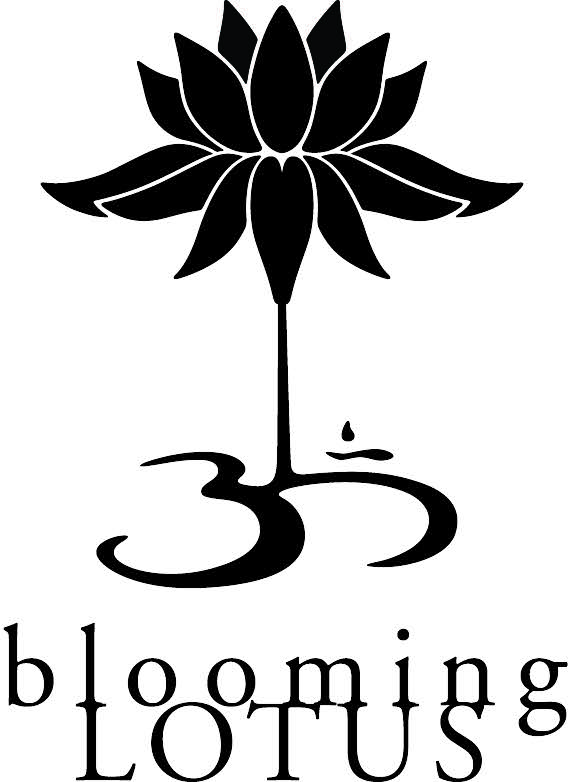Hello, Sunshine!
/Hello, Sunshine! This time of year I start to get tons of questions about sunscreens. Let’s break it down a bit.
First, I actually think it’s super important to cultivate a relationship with the Sun. If something happened to this amazing star we’d be goners. For realsies. Ideally, I try to get some daily exposure during morning hours. If you can take a walk, sit in meditation or enjoy a cuppa on the patio, it is the perfect way to reconnect and begin the day. One recent study explored the risks vs. the benefits of sun exposure. Don’t forget there are benefits of sun exposure, too.
Secondly, we’re starting to get some good science to help us understand the effect of our nutrition on sun damage. UV rays cause inflammation in the body and eventually DNA damage. When too much DNA damage occurs cells start to build up and grow out of control, which can lead to skin cancer. Keeping the body in optimal health by consuming and supplementing with anti-inflammatories, polyphenols and antioxidants allows the body to fight inflammation and oxidative stress before the DNA damage occurs. As usual, nutrition can be your first line of defense. Maybe you’re tired of hearing about these rock stars but a diet high in leafy greens, berries, nuts and seeds, green tea, sweet potatoes and omega-3 fatty acids are your best bet for both internal and external health. I try to eat a well-rounded diet but I do supplement with Omega-3 fatty acids, liposomal Vitamin C and am going to experiment with astaxanthin this summer.
All that being said, if you garden, hike, bike or hit the pool you should definitely be using a product with sun protection. Sun protection falls into two camps: physical sunblock and chemical sunscreens. Physical sunblock reflects or blocks absorption of the UV rays while chemical sunscreens absorb and filter the Sun’s rays. Physical sunblock ingredients are zinc oxide and titanium dioxide. Chemical sunscreens include ingredients like oxybenzone, octylmethoxycinnamate (or octinoxate), homosalate, octisalate and avobenzone. Environmental Working Group (EWG) has been on the forefront of tracking use and safety of chemicals in sunscreen and other bodycare products for several years. This article has a great breakdown of commonly used UV filters and their toxicity concerns. Most alarming are the findings of these chemicals mimicking hormones disrupting thyroid function & the reproductive system as well as widespread skin allergies. One Swiss study detected at least one chemical sunscreen in 85% of breast milk samples. I’m continually surprised at how many of my clients are experiencing hormonal imbalance. Moving away from chemical sunscreens can be an important step in limiting hormone disruption. These chemicals are not only dangerous for humans but the environment as well. Oxybenzone and octinoxate have been implicated in contributing to the destruction of the Great Barrier Reef in Australia. Hawaii recently banned ozybenzone and octinoxate in an effort to protect coral reefs, marine life and human health. Bottom line: I only use physical sunblock. When reading a label the sun protection will be listed as the "active ingredient". Look for zinc oxide and possibly the addition of titanium dioxide. Analyzing the other ingredients in a formula is another blog post. ;)
A few of my favorites:
For the face, I love the tinted moisturizer from 100% Pure. I also love the Josh Rosebrook's nutrient day cream. For the bod, I like Mychelle and some of the Badger formulas. Suntegrity and Devita make formulas I like for both face and body. If you've found something clean that you love let me know!
Here's to a healthy, happy relationship with the Sun for years to come...


